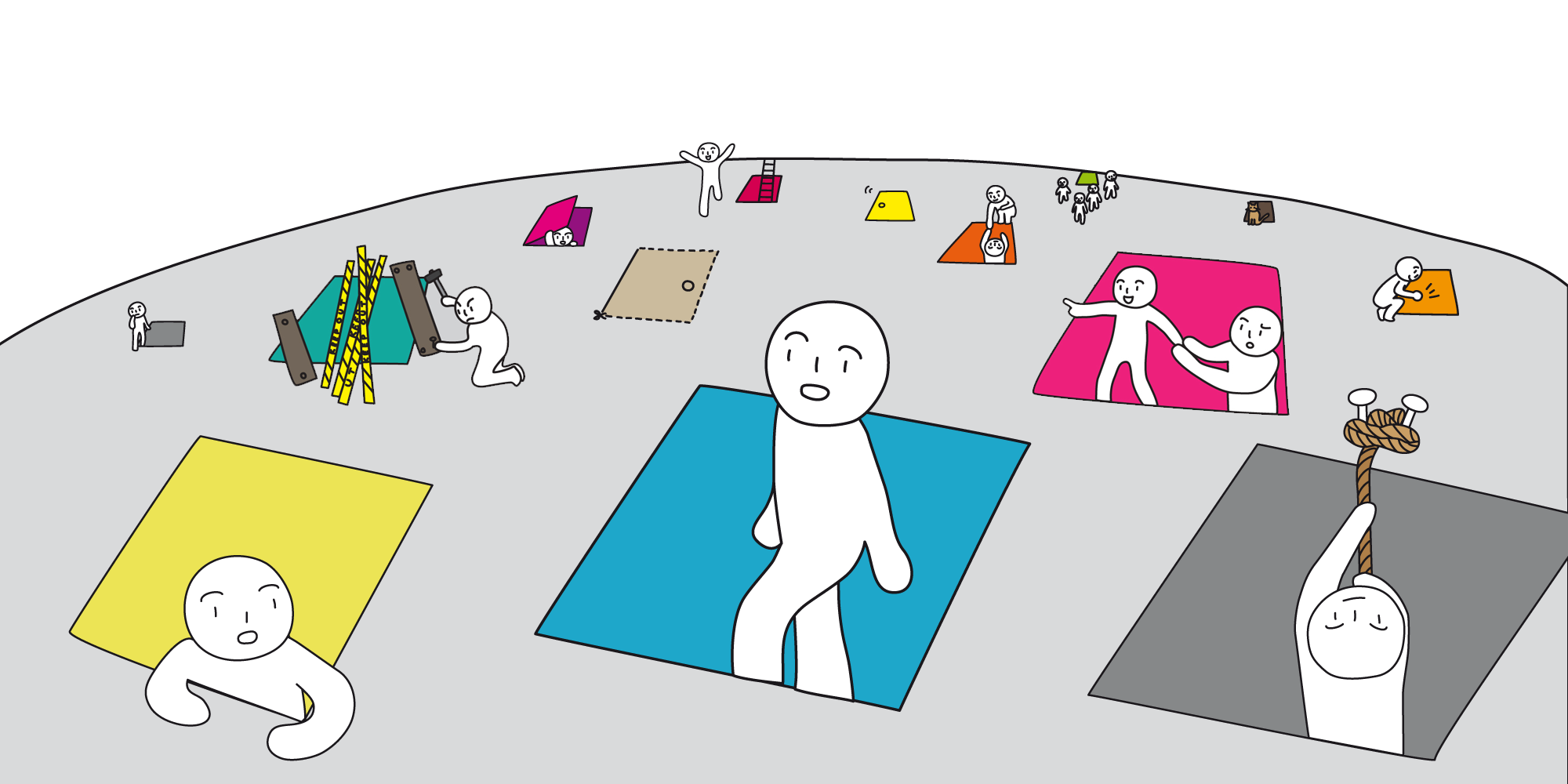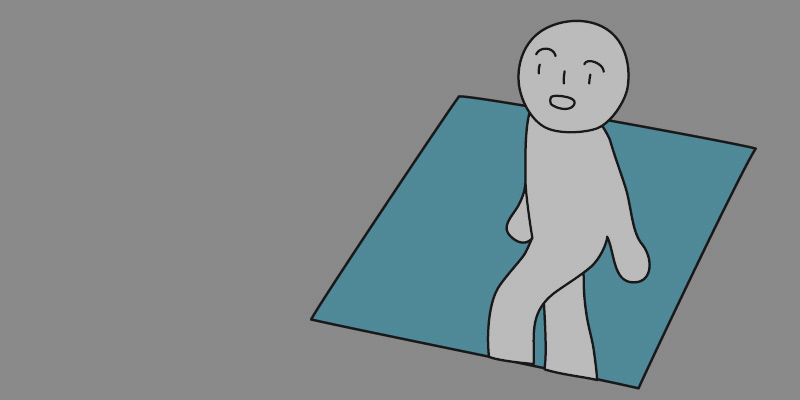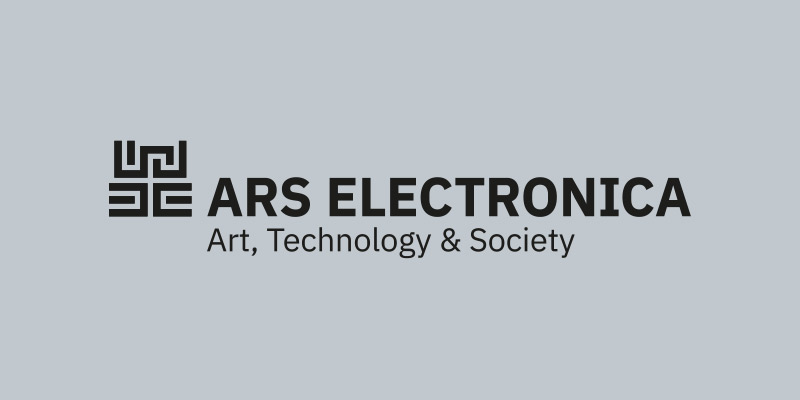future

Gallery Spaces Panel I: Unlocking the power of digital art and emerging technologies to radically disrupt the art market
How will we value art in the future? To guide our discussion, we will look at the two major trends affecting the art market currently. First, the high end art market has a reputation of being notoriously conservative and lacking parity. Yet increasingly diverse and empowered artists and consumers are heralding a radical market shift that is about to transform the art world. Second, rapidly evolving digital technologies offer unprecedented creative opportunities for artists and the simultaneous promise of decentralized infrastructure is radically disrupting strongly held ideas of art ownership and collection. How will this emerging mega trend of art tech affect the role and value of art in the future?

Surprise Me
Simon Mück (AT)
What if our entire life were being directed? What would happen after 4040 weeks? Would we still have our own thoughts, our own will?

Origin
Refik Anadol (TR/US)
Origin is an immersive installation that narrates the incredible cultural and scientific legacy of Ars Electronica. Using archival information from the past 40 years, this piece aims to tell the story not only the story of the institutions’ foresight and innovation but also use this history to visualize future trends and realities.

Gallery Spaces Panels
At the Gallery Space Panels 2019, experts will discuss the transformation and future of the media art market. The interaction between science, art and the market will be analysed from a variety of perspectives in seven prominent discussion rounds.

Experiencing a future design process
Fachhochschule Vorarlberg/Vorarlberg University of Applied Sciences (AT) InterMedia MA – Masters’s Degree Program Design
Experiencing a future design process addresses the possible effects of artificial intelligence on the communication design profession. Which tasks can be solved with the help of algorithms? For which requirements will human services be indispensable in the future? With the help of an interactive game, design processes can be played through and the possible role of technological support can be experienced.
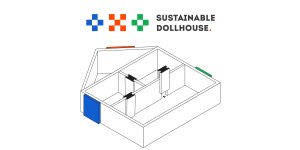
OXO
Yulin Li (CN)
This dollhouse is a visual representation of a sustainable community, and aims to generate new insights into the future. It transforms the idea of green living from a small scale to a large scale that allows neighbors to negotiate and share resources. By inviting the audience to act as the coordinator of this system, it offers them the opportunity to explore the effective use of resources and avoidance of waste.
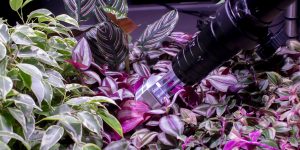
Institute for Inconspicuous Languages: Reading Lips
Špela Petrič (SI)
The Institute for Inconspicuous Languages presents an attempt at comprehending plant life by employing both artificial and natural intelligence to interpret the utterances of thousands of microscopic mouthlets speckled on the underside of each plant leaf. Experience the premonition of an interspecies communication to come.

Trans*Plant: connecting with mycorrhiza intranet [edible version]
Q.R*3 – Quimera Rosa (ES/AR/FR) + Roger Rabbitch (ES) + Rebeca Paz (ES)
“2024. March 8. The annual resources of the Earth have been exhausted. The equivalent of 4 planets is needed to satisfy human consumption. From a VPN of a second Internet, a group of biohackers, Q.R*3, tries to connect with the mycorrhiza, a network composed of a symbiosis between roots and fungi through which the terrestrial plant world communicates. The first members of this group died immediately under the effect of an unknown molecule. Nothing is known about the rest of the group.”

Gallery Spaces Panel VII: Digital art going mainstream?
With the history of digital art commencing in the 1960s to current immersive digital art installations, (meow wolf, artechouse Team Lab or GAN) generating an immense following quickly and quoted as commercially successfully - did digital art become mainstream? Marketplaces for native digital art mushroom in a battle for creators advertising a new way of experiencing, collecting and showing art. The conversation will try to unfold what artistic production of digital art means for the artists themselves, museums and collectors with regard to exhibition making, collecting and archiving.

Gallery Spaces Panel VI: Paradoxes and obstacles in maintaining and staging alive biomedia art
This panel with prominent protagonists involved in the field of biomedia art discusses the unprecedented challenges to stage, transport, conserve and collect art that appropriates and subverts the most diverse technologies of the life sciences. The shift from organic representation or simulation to actual biological manipulation results in technical, institutional, regulatory, legal, ethical, bureaucratic, philosophical and aesthetical issues with regards to museum infrastructures, the status of living organisms, tissues and GMOs, and their fragility when maintaining, conserving, re-enacting or shipping them. Such works at the threshold of microperformativity and necropolitics face undesired bacterial deterioration and contamination, and cultural institutions and collectors are still ill-equipped to deal with the subsequent issues.
